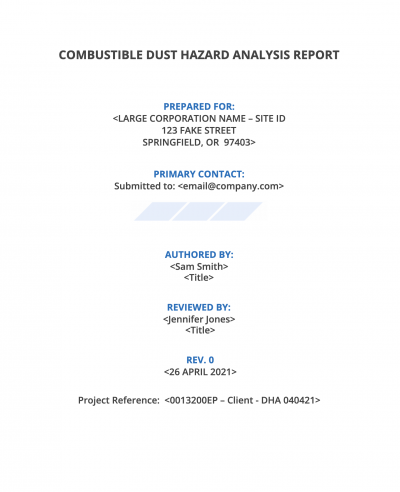PREPARING FOR A DUST HAZARD ANALYSIS
Before conducting the dust hazard analysis, various steps must first be completed to ensure it’s efficiently, reliably and comprehensively performed within NFPA guidelines.
Assembling a DHA Team
Performing a comprehensive DHA requires the expertise of various departments within a facility. Learn who should be included in the DHA and the value they can provide.
(visit section >)
Identifying Types of Dust
A DHA begins by determining the possible dust hazards located within a facility. Learn how to identify the applicable dusts in a process and where those dusts may be located.
(visit section>)
Evaluating Dust Explosibility
Explore the methods of determining the explosive properties of the dusts handled within your facility and when dust testing may be required.
(visit section >)
Collecting Necessary Documents
Identify the various documents that should be included within the DHA, including facility layouts, process flow diagrams, explosion protection documents, and more.
(visit section >)
Documenting the DHA
The contents of the DHA must be formally documented to promote easy consumption by stakeholders and from which to develop an action plan.
(visit section >)
Assembling the DHA Team
NFPA 652 7.2.2 requires that the “DHA shall be performed or led by a qualified person.”
And NFPA 652 3.3.39 defines a qualified person as “a person who, by possession of a recognized degree, certificate, professional standing, or skill, and who, by knowledge, training and experience, has demonstrated the ability to deal with problems related to the subject matter, the work, or the project.”
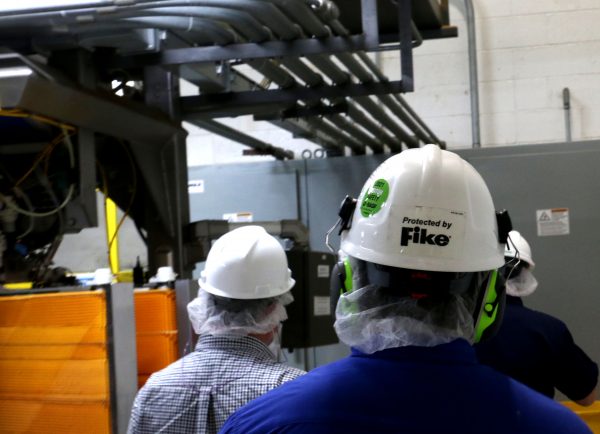
Identifying Types of Dust
The first step of any DHA is to identify and record the various dusts handled throughout your factory. Dust is usually generated from three primary sources:
- Raw ingredients which come in a powder form (such as flour or sugar)
- Solid materials which when processed generate a certain amount of dust
- A chemical process which converts a liquid into a powder
To define these dusts, the facility’s process must be understood. For example, consider where dust is being emitted from the process or where raw materials are being introduced into the process.
It’s common to have multiple types of materials form a mixture, making the definition of certain dust types more difficult to define. For example, a dust collector in a food manufacturing plant may be connected to equipment conveying flour, sugar and other ingredients.
In these scenarios, record the contents of the mixture, which will likely require dust testing to determine its explosibility properties.
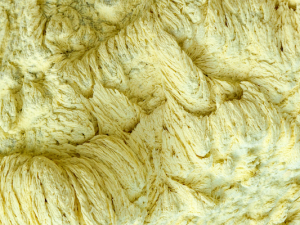

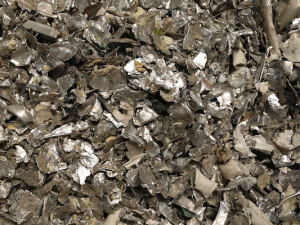

Evaluating Dust Explosibility

Once the various dusts within a facility have been identified, their explosibility properties must also be documented. These values are important to determine the potentially hazardous areas within the facility, and will also be used to assist with any future explosion and fire protection system design processes.
The GESTIS Online Database may be used to identify explosibility values such as Pmax, Kst and minimum ignition energy (MIE) for various agricultural dusts, chemical dusts, plastic dusts and metal dusts. Additionally, Fike Corporation offers combustible dust testing services are often necessary when:
- the dust is non-traditional and little information about the dust’s explosibility has been documented
- the process handles a mixture of various dusts, creating a unique composition
- specific combustibility values are needed for explosion protection system design efforts
Collecting Necessary Documents
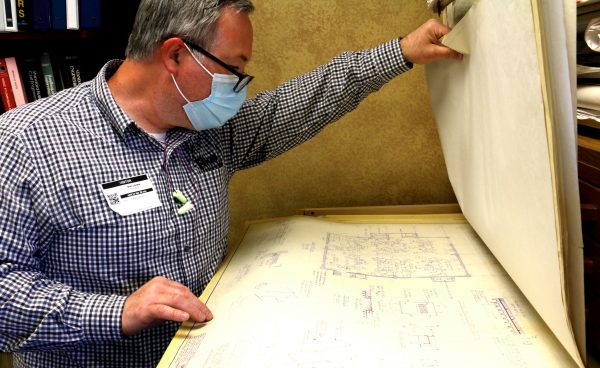
To efficiently and effectively perform the DHA, all of the required documentation must first be collected. This process will also identify missing documents, which may be procured from the facility’s OEMs, safety system suppliers, and other partners and vendors.
Documents often included in the DHA include:
- Facility layout drawings
- Process flow diagrams
- Piping and instrumentation diagrams
- OEM cut sheets
- Design documentation for explosion protection equipment
- Maintenance records for material handling equipment and protection systems
- Incident logs
These documents will usually be included in the appendix of the DHA, which will serve as a comprehensive source of all necessary information relating to the combustible dust safety and systems of the facility. Therefore, all relevant documents will be found in one place, which is useful especially when changes are made to the process and its effect on combustible materials and processes must be considered.
